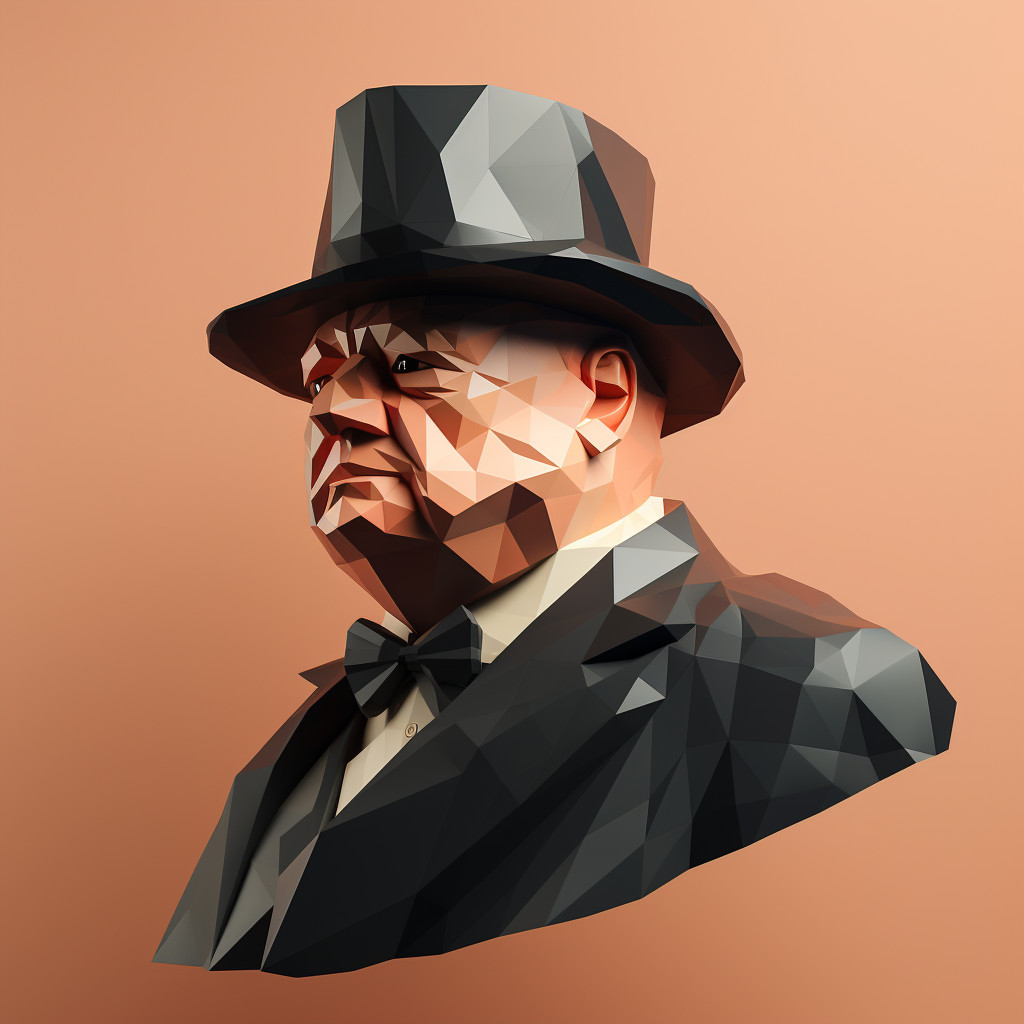'Interior Design' Quotes
Interior design quotes have played a significant role in shaping the way we think about and approach interior design. From famous designers like Coco Chanel and Dorothy Draper to modern influencers like Joanna Gaines, these quotes have inspired and influenced individuals and society for decades. The…Read More
Interior design quotes have played a significant role in shaping the way we think about and approach interior design. From famous designers like Coco Chanel and Dorothy Draper to modern influencers like Joanna Gaines, these quotes have inspired and influenced individuals and society for decades. They offer insight into the importance of creating a beautiful and functional space, and the power of design to transform our lives. These quotes also reflect the historical context of interior design, from the opulence of the Victorian era to the minimalism of the modern age. Today, interior design quotes continue to inspire and motivate people to create spaces that reflect their unique style and personality.Read Less
Interior design quotes have played a significant role in shaping the way we think about and approach interior design. From famous designers like Coco Chanel and Dorothy Draper to modern influencers like Joanna Gaines, these quotes have inspired and influenced individuals and society for decades. They offer insight into the importance of creating a beautiful and functional space, and the power of design to transform our lives. These quotes also reflect the historical context of interior design, from the opulence of the Victorian era to the minimalism of the modern age. Today, interior design quotes continue to inspire and motivate people to create spaces that reflect their unique style and personality.
10 Influential 'Interior Design' Quotations and Sayings
Interior Design – Symbolic Value
Interior design is more than just arranging furniture and choosing paint colors. It is a form of art that has the power to transform a space and evoke emotions. In fact, interior design has a symbolic value that goes beyond aesthetics. It is a reflection of one’s personality, values, and lifestyle.The concept of interior design as a symbol can be traced back to ancient civilizations. In ancient Egypt, interior design was used to showcase the wealth and power of the pharaohs. The grandeur of their palaces and temples was a symbol of their status in society. Similarly, in ancient Greece, interior design was used to express the ideals of beauty, harmony, and balance.In modern times, interior design has become a way for individuals to express themselves and their personal style. The furniture, colors, and accessories chosen for a space can convey a person’s taste, interests, and values. For example, a minimalist interior design may symbolize simplicity and a focus on functionality, while a bohemian style may represent creativity and a free-spirited lifestyle.
Interior Design – Cultural and Historical Significance
Interior design is not only a reflection of individual preferences, but it also holds cultural and historical significance. Different cultures have their own unique styles and elements of interior design that have been passed down through generations.For instance, traditional Japanese interior design is characterized by simplicity, natural materials, and a connection to nature. This reflects the Japanese philosophy of minimalism and the importance of harmony with the environment. On the other hand, Indian interior design is known for its vibrant colors, intricate patterns, and use of traditional textiles. This reflects the rich cultural heritage and love for bold and vibrant colors in Indian society.Moreover, interior design also reflects the historical context of a particular time period. For example, the Art Deco style of the 1920s and 1930s was a reflection of the modern and glamorous lifestyle of the time. The use of geometric shapes, bold colors, and luxurious materials represented the optimism and prosperity of the era.
Interior Design – Common Themes in Motivational Contexts
Interior design has the power to influence our mood and behavior. This is why it is often used in motivational contexts, such as in workplaces, schools, and hospitals. The design of these spaces can impact productivity, creativity, and overall well-being.One common theme in motivational interior design is the use of natural elements. Studies have shown that incorporating natural elements, such as plants and natural light, can improve mood and reduce stress. Another common theme is the use of color psychology. Different colors can evoke different emotions and have a significant impact on our mood. For example, blue is often used in offices to promote productivity, while green is associated with relaxation and calmness.
Interior Design – Portrayal in Art and Media
Interior design has been a popular subject in art and media for centuries. From paintings and sculptures to films and TV shows, interior design has been portrayed in various forms of art.In the 17th and 18th centuries, interior design was often depicted in paintings as a symbol of wealth and luxury. Artists would use intricate details and lavish furnishings to showcase the opulence of the upper class. In modern times, interior design is often portrayed in films and TV shows as a way to set the scene and establish the characters’ personalities. For example, a character living in a minimalist and modern apartment may be portrayed as organized and sophisticated, while a character living in a cluttered and eclectic space may be seen as creative and unconventional.
Interior Design – Impact on Understanding of Life and Society
Lastly, interior design has a significant impact on our understanding of life and society. The way we design and decorate our homes reflects our values, priorities, and lifestyle. It also reflects the societal norms and trends of the time.For example, the rise of minimalism in interior design can be seen as a reflection of the growing concern for sustainability and simplicity in modern society. On the other hand, the popularity of vintage and retro styles can be seen as a nostalgia for the past and a desire for authenticity in a world dominated by technology.In conclusion, interior design is not just about creating a visually appealing space. It holds symbolic value, reflects cultural and historical significance, influences our mood and behavior, is portrayed in art and media, and impacts our understanding of life and society. It is a powerful form of art that goes beyond aesthetics and has the ability to shape our environment and our perception of it.
















